“The story of Cuban ballet is funny—it’s like a novel that just happens to be true,” Octavio Roca said when asked about his relationship to Alicia Alonso, the great prima ballerina and pioneer of the Cuban school of ballet. Roca, a former dance critic for The Washington Post and The San Francisco Chronicle and now a philosophy professor, revealed that writing his new book, Cuban Ballet was in many ways like reflecting upon his own life journey.
Having grown up watching his ballerina mother dance in the Ballet de Pro-Arte Musical in Cuba, Roca witnessed the flourishing Cuban ballet movement at its inception. In the first ballet he ever watched, Giselle, Alonso was Giselle (the peasant girl) and his mother one of the Wilis (evil spirits). Thereafter, Roca covered Cuban ballet throughout his critical career, writing about Alonso’s Ballet Nacional de Cuba and the waves of Cuban dancers (many of whom received their training at Alonso’s company) defecting to dance companies abroad. Thus, Roca has known Alonso his whole life, both of them proud Cubans and avid lovers of dance.
Equipped with his extensive knowledge of the arts, Roca chronicles the history of Cuban ballet through vivid anecdotes and scores of gorgeous photos, written with an honest and yet impassioned sensibility to dance and its most inspiring figures.
Cuban Ballet—A School of Its Own
Today, the growing number of Cuban dancers in exile, especially those who defected to America, has profoundly influenced American and world dance, much like how the Russians did in the ‘70s and ’80s when they left the Soviet Union amid its disintegration.
But the dance world did not immediately recognize Cuban ballet as a distinctive school capable of revolutionizing the art. “A lot of [critics], especially political critics, assume that because Cuba was under the influence of the Soviets for so very long, that the ballet must be the same. Actually, it’s not. It’s a very different tradition …The important thing is that they have a very New World look,” Roca explained.
When Alicia Alonso established her own Ballet Alicia Alonso (which later became Ballet Nacional de Cuba) in 1948, the company already had its own training and style of dancing attached to it. Roca took note of the differences between the Russian and Cuban dancers’ movements: “For example, in terms of preparation, the way a dancer prepares for a step, the Russians are known for their time … there was a way of taking a deep breath before going into a step … Cubans are the opposite. Because they began working at the same time as George Balanchine started working in New York … and what they do is they hide the preparation completely, so their moves come out of nowhere. They’re very, very fast. They have the same articulation as the Russians do, which is very clean, but they have a faster way. In many ways, they’re even a step ahead of the beat. It’s a very different look.”
The great dancer Mikhail Baryshnikov writes in the foreword to Roca’s book: “What also makes the Cuban dancers stand out, I think, is their ethics. They have a respect for ballet from an early age. It’s been said before that no one is born a dancer; you have to want it more than anything. These Cubans want it and feel privileged to be a part of it.”
Roca voiced his appreciation for the dancers’ dedication to their art. “That kind of commitment, especially in a world where so many people are homogenized, and everybody looks the same, you have to be grateful for dancers who look like what they are.”
Art and Politics—Ballet in Castro’s Cuba
But how does art survive in one of the world’s most oppressive states? After the Cuban Revolution and Fidel Castro’s coup d’etat in 1959, Alonso, having moved to New York, returned to Cuba in support of Castro’s communist regime. Since then, Alonso and her Ballet Nacional de Cuba “has grown continuously in artistic and political significance,” Roca writes in his book. Then, is ballet inextricably connected to politics in Cuba?
Roca replied, “That’s of course the elephant in the room. What Cuban artists have to go through, and dancers of course … like everyone else in Cuba, nobody should have to go through. What they have to get over, nobody should have to be able to live with. They live in an oppressive system that’s been there for half a century. They’re heroic in that they continue to make art, under really horrible circumstances … There’s no easy answer, really. Is it separable from politics in Cuba? Yes and no … What’s interesting about the Cuban company is the company itself, the repertory, is not political. That is, they dance Swan Lake, Giselle, Sleeping Beauty… those are things you see at the American Ballet Theater … in other words, they’re not out there doing propaganda for the regime. They’re doing ballet.”
Roca continued, “And another thing that’s worth remembering, ballet is the one thing that works in Cuba. Nothing else, frankly, especially after 1989, when the Soviets stopped supporting them financially, nothing else is working.”
Indeed, the world of art and politics are difficult waters to tread. As Roca writes in his book, “Alicia Alonso herself is a living study of ambiguity and extremes—an embodiment of the predicament of the arts in a world where clean hands may be a luxury and where hope nevertheless must be kept alive.”
Cuban Ballet in Exile
Many Cuban dancers thus defect to other countries in search of freedom, but also to dance new repertory. Roca explains that though excellent in its classical productions, Ballet Nacional de Cuba does not perform newer dances by contemporary and 20th century choreographers. “And that’s one reason why a lot of Cuban dancers leave, besides politics, is the fact that they can dance new things … [Getting to work with living choreographers,] that’s great for a dancer. And it helps their art.”
Today’s Cuban dancers in exile have become principal dancers and ballet instructors in some of the world’s most renowned dance companies, from José Manuel Carreño and Xiomara Reyes of the American Ballet Theatre (ABT) to Lorena Feijóo, Taras Domitro, and Joan Boada of the San Francisco Ballet. And of course, the phenomenal Carlos Acosta, who has danced with the Royal Ballet in London, Houston Ballet, and ABT, is also from Cuba.
Roca calls this rush of Cuban influence in the world of dance a “joyous miracle,” especially given the small size of the country. “These people can’t help but influence the way their colleagues dance because they’re dancing side by side. Dancers learn from dancers. And this is changing the way American dance, not just Cuban dance, is performed.”
But what about the other way around? How do Cuban dancers retain their unique style when they are continually in contact with other schools of ballet? Roca said, “I think the instrument stays the same and the better the instrument, the more you’ll notice it stays the same.” He compares it to two great tenors, Plácido Domingo and Jonas Kaufmann, both of whom have unique voices, but sound different when they are singing Wagner than when they sing Puccini or Verdi.
Thus, while Cuban ballet is still breeding new talent at the Ballet Nacional de Cuba, it has simultaneously flourished in exile. “Within places like ABT and San Francisco Ballet, in particular because they have a lot of Cubans, you see good examples of the Cuban school even as you’re also seeing really good examples of American dancing,” Roca noted.
The Feijóo sisters are especially a focus in Roca’s book. Lorena, in San Francisco, and Lorna in Boston Ballet, are two very different dancers. Roca writes, “Alonso, particularly before she grew into the role of Giselle after 1948, was at first a classical perfectionist who willed herself into becoming a romantic ballerina (Lorena Feijóo years later would be very much in this Alonso mold—Lorna Feijóo, like Gelsey Kirkland before her, is a born romantic ballerina).” Though vastly different, the Feijóo sisters’ dancing are unmistakably Cuban.
Roca’s Own Journey
Roca believes that America’s tolerance for diversity has truly made Cuba’s loss the world’s gain. “American culture is a work in progress and that’s beautiful. And it has many, many colors. It has many, many facets … It’s interesting. I think, for all immigrants, it’s true, you try to stay true to yourself and to your background … But the more you try to stay Cuban, the more, in fact what you’re doing within the United States is building American culture. And that was through all the immigrant waves we had in this country; it’s especially true right now for dance.”
He continued, “This is a country that was built by immigrants. It’s so obviously true it’s almost [what] we’re not discussing. Every wave brought something. It’s a country that has always welcomed immigrants, and that is our strength. It’s a country that is multicultural and it’s going to continue to be that.” Hispanics, now the nation’s largest minority population, have undoubtedly left important cultural contributions to the fabric of America.
But living so far from home, knowing that one will never be able to see their native land again, is always a difficult experience. “How do you reconcile not being in your country anymore? How do you reconcile with … being from somewhere else and right now I’m an American critic?” As with many Americans with foreign backgrounds, finding one’s identity amid two cultures is often not an easy task.
Roca admits that among his many works, Cuban Ballet is near and dear to him. A project that he began in 1980, he said, “This one is special. This one is definitely very personal for me.” He hopes that the book will also be published in Spanish.
What The Future Holds
Roca believes change is coming. After all, Alonso, who will turn 90 this year, cannot be head of the Ballet Nacional de Cuba forever. He hopes that the company can change for the positive, and eventually include new repertory. “My view of the company has changed in the sense that I wish it would let the dancers do more.”
As for the future of Cuba, he remains optimistic, but with caution: “Cuba will have to change. Who knows what the change will be like? I hope it’s not violent. I hope it’s smooth. And I hope the greatest jewel the Cuban culture has, which is Cuban ballet, survives well. I think it will survive, but what will happen in the next 40, 50 years? I think we have to hold our breaths and see what happens.”
Cuban Ballet will be available in bookstores in September.

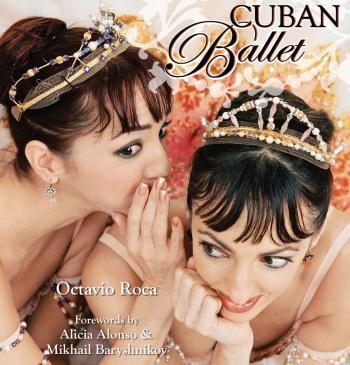

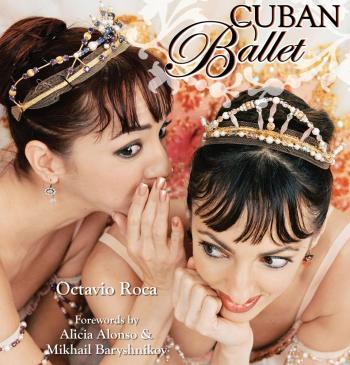
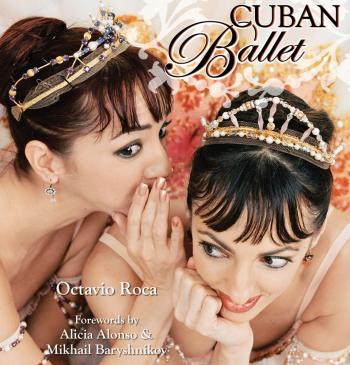
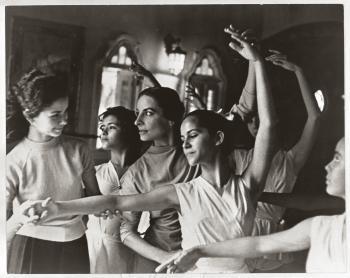
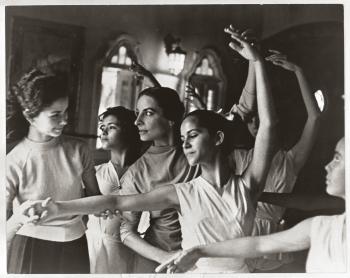
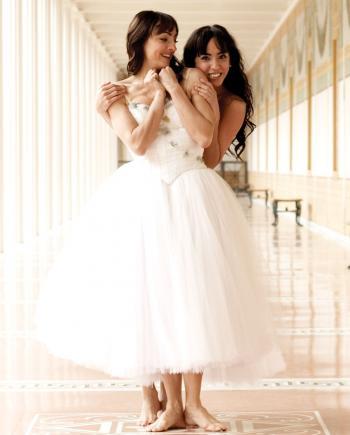
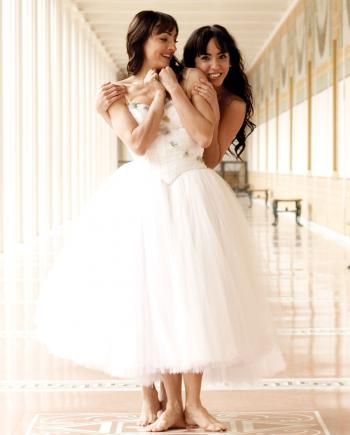


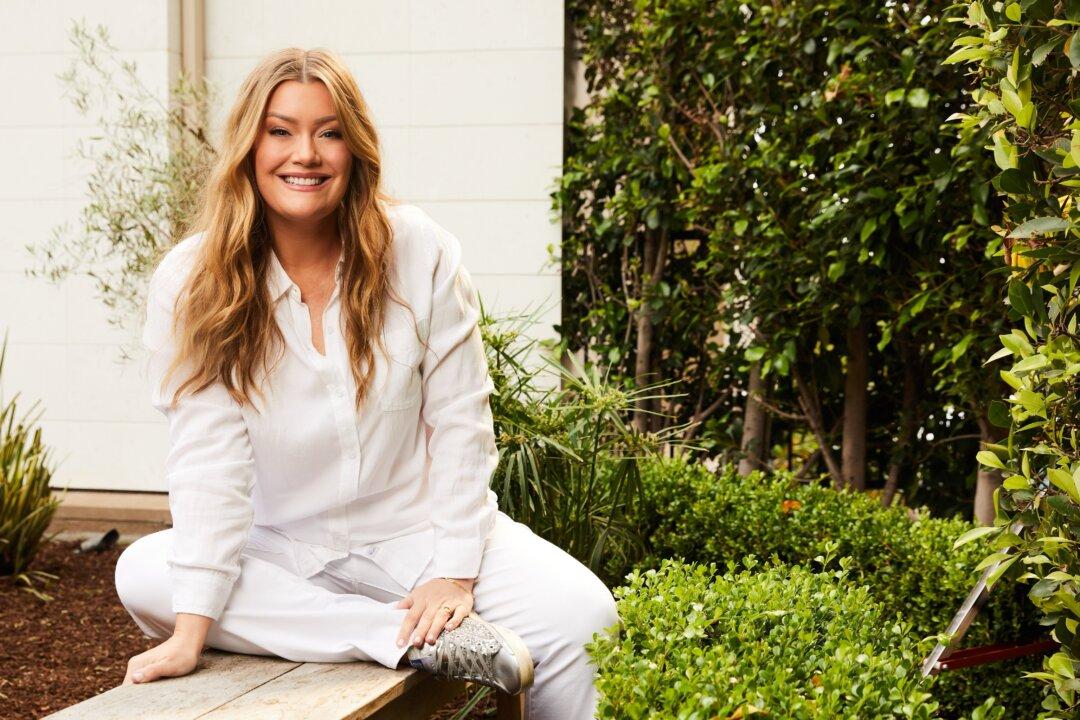
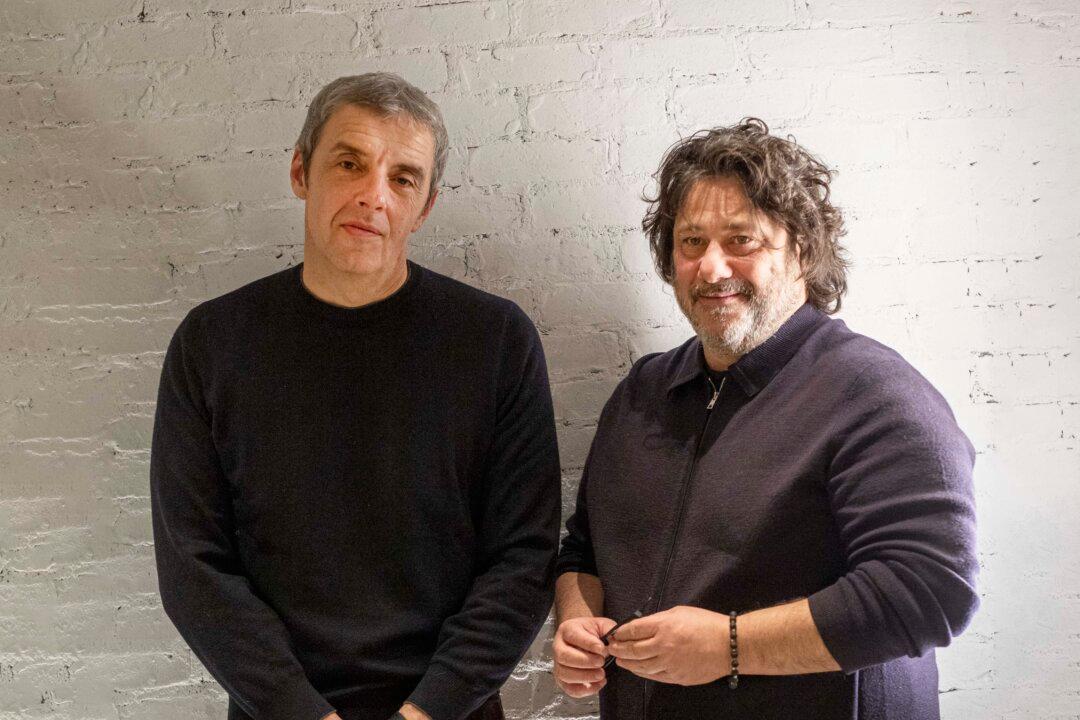
Friends Read Free